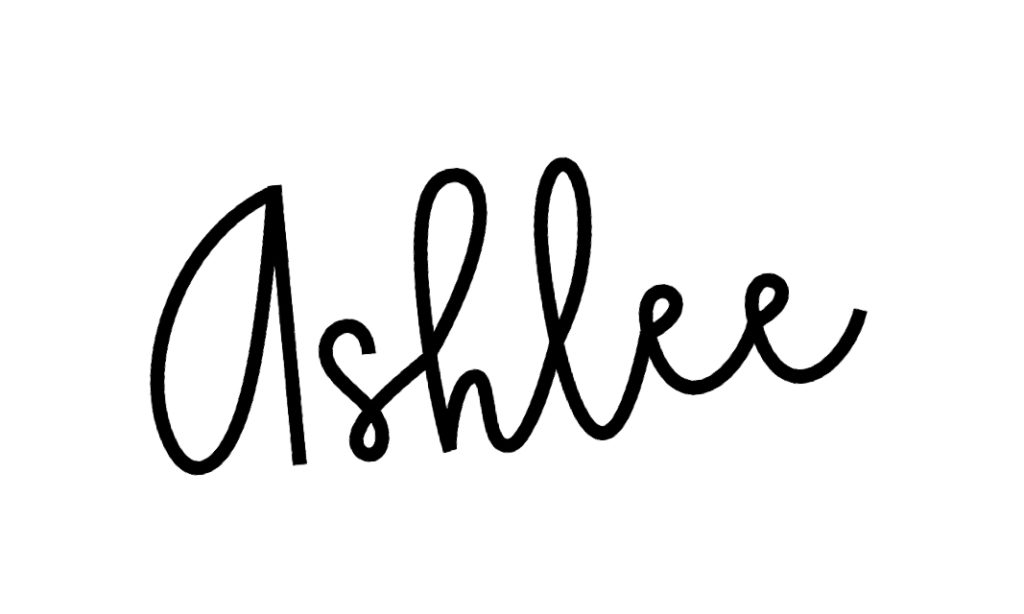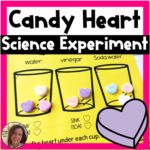Back to School Season is always a good time to do an Apple Theme! This year we kicked off the school year with some fun apple science to get our brains warmed up! Why do our apples turn brown after we cut them if we don’t eat them fast enough?! AND can we prevent this from happening? Let’s experiment!
First, we had a big discussion about why our apples turn brown. We found some great videos on YouTube that help explain apple browning in kid friendly terms. Search “Apple Browning for kids” on YouTube to find a video that works best for your students! My favorite video is “Why Do Apples Turn Brown?” by SciShow Kids.
Then, we followed the 5-Step Scientific Method to conduct our experiment. CLICK HERE for a FREEBIE set of Scientific Method Posters I use in my classroom.
What we know:
We can eat apples! Apples are a healthy snack.
Sometimes if we don’t eat an apple right after we cut it, the apple turns a little brown.
The apple’s skin protects the fruit on the inside. Once the skin is broken or the apple is cut, the fruit on the inside is exposed to oxygen.
Apples contain ENZYMES in the fruit that help it live. Once the ENZYMES are exposed to oxygen they react by turning brown. This is called OXIDATION. Some liquids contain absorbic acid, or Vitamin C, which have a low PH level. These liquids can delay the OXIDATION process because the enzymes in the apple will not be activated when mixed with a low PH level.
Not all liquids have the same PH level. Only liquids with a low PH level will delay the OXIDATION process and slow down the apple from turning brown.
What we need:
1 Apple, 4 Paper Plates, Knife, Lemon Juice, Milk, Water
Let’s Experiment!
CLICK HERE for a Ready-To-Go, picture-supported experiment packet for your students!
Step 1: Ask a Question
Which liquid will prevent the apple from turning brown?
Step 2: Make a Guess
Milk? Lemon Juice? Water? None of them? 🤔
Step 3: Do the Experiment
Label each plate with the liquid cards.
Cut the apple into 4 slices.
Put one apple slice on each plate.
Before adding liquid to the apples, record Observation 1 in your Apple Observation Booklet.
Pour a spoonful of each liquid on the corresponding plate.
Set the timer for 30 minutes. Record observations. Repeat 1 more time.
Step 4: Collect Data
We recorded our observations in my our Apple Observation Booklets. (CLICK HERE to check it out – it is full of differentiation and picture-support for students with multiple abilities) OR students can create their own Apple Observation Booklets depending on their abilities.
Step 5: Conclusion
We found the LEMON JUICE prevented the apple from browning the most. All the apples did eventually brown, but at different times.
To further extend the activity, send your students home with this question!
Can you think of any other foods that start to brown when they are exposed to oxygen? Try this same experiment with other foods. Avocado? Banana? Potato?
More Apple Activities…
Caramel Apple Recipe and Sequencing for Special Ed
More or Less Apples in the Basket? BOOM Cards™
Picture Matching Task Cards: Apple Theme
Where is the apple? Positional Word Game
Interested in some other fun, picture-supported science experiments?
CLICK HERE to check out my Fall Pumpkin Experiment: Do Pumpkins sink or float?

Check out some of my other Science Experiments in my TPT Shop:
Thanks for reading!











